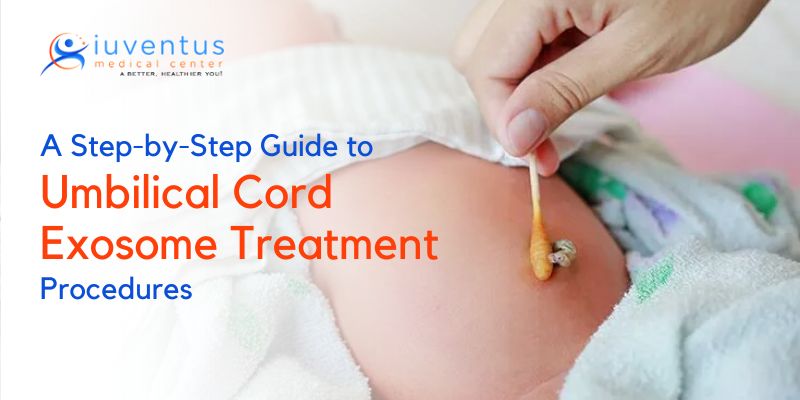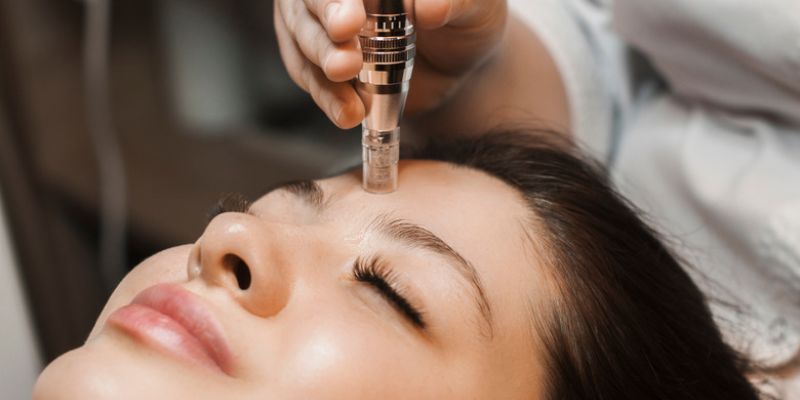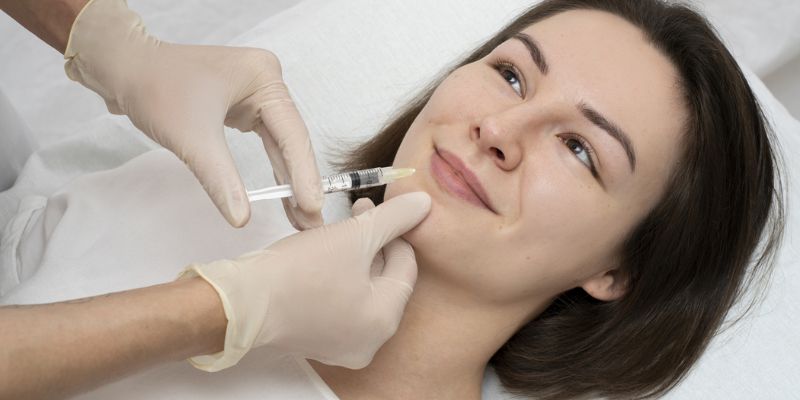A Step-by-Step Guide to Umbilical Cord Exosome Treatment Procedures

In recent years, medical science has made significant strides in harnessing the therapeutic potential of exosomes derived from umbilical cord tissue. These tiny vesicles, secreted by cells, are rich in proteins, lipids, and nucleic acids, carrying valuable signaling molecules that can regulate various cellular processes. Umbilical cord exosome treatment has shown promise in addressing multiple conditions, from tissue regeneration to immune modulation. If you’re considering this innovative therapy, here’s a step-by-step guide to help you understand the procedure.
A Step-by-Step Guide to Umbilical Cord Exosome Treatment Procedures
Step 1: Consultation and Evaluation
Before embarking on any medical treatment, it is essential to begin with a comprehensive consultation and evaluation with a qualified healthcare provider. Your medical history, current health status, and treatment goals will be thoroughly assessed during this crucial step. This evaluation allows your healthcare provider to determine if umbilical cord exosome therapy is right for you and tailor the treatment plan to your needs.
Additionally, this is the time to discuss any concerns or questions about the procedure, ensuring you clearly understand what to expect. A transparent and informative consultation lays the foundation for a successful treatment journey, empowering you to make informed decisions about your health and well-being.
Step 2: Treatment Planning

Following the consultation and evaluation, your healthcare provider will develop a personalized treatment plan. This plan serves as a roadmap for your umbilical cord exosome therapy journey, outlining the specifics of your treatment protocol. Your healthcare provider will determine the optimal approach to administering exosomes based on the information gathered during the evaluation, including your medical history, current health status, and treatment goals.
The treatment plan will detail crucial aspects such as the number of treatments required, the dosage of exosomes, and the method of administration. Factors like the severity of your condition, your response to therapy, and any underlying health issues will also be considered. By tailoring the treatment plan to your needs, your healthcare provider ensures you receive the most effective and beneficial therapy possible. This personalized approach maximizes the potential for successful outcomes and enhances your overall treatment experience.
Step 3: Sourcing High-Quality Exosomes
Ensuring the quality of the exosomes used in therapy is paramount for achieving optimal results. High-quality exosomes derived from healthy, full-term umbilical cord tissue are essential for the treatment’s success. Therefore, it is crucial to source exosomes from reputable laboratories that adhere to stringent quality control standards and ethical guidelines.
These laboratories employ advanced techniques to isolate and purify exosomes while preserving their integrity and potency. The umbilical cord tissue used for exosome extraction undergoes thorough screening and testing to meet safety and quality requirements. This includes screening for infectious diseases and genetic abnormalities to guarantee the safety of the exosomes.
By sourcing exosomes from reputable providers, you can have confidence in the purity and effectiveness of the therapy. High-quality exosomes maximize the therapeutic potential, leading to better outcomes and minimizing the risk of adverse effects. Your healthcare provider will carefully select exosomes from trusted sources to ensure the success of your treatment.
Step 4: Administration of Exosomes

Depending on the targeted condition, the umbilical cord exosomes can be administered through various routes, including intravenous infusion, local injection, or topical application.
Intravenous Infusion: Exosomes are administered intravenously for systemic conditions or immune modulation. During this procedure, a healthcare professional inserts a small catheter into a vein in your arm, through which the exosomes are slowly infused into your bloodstream. The process usually takes 30 to 60 minutes, and you can relax comfortably during the infusion.
Local Injection: Exosomes may be injected directly into the affected area for localized conditions such as joint injuries or skin rejuvenation. Your healthcare provider will use ultrasound or other imaging techniques to target the injection site precisely, ensuring optimal delivery of the exosomes.
Topical Application: Exosomes can also be applied topically to the skin for wound healing or dermatological concerns. In this method, exosome-rich creams or gels are gently massaged onto the skin, allowing the exosomes to penetrate and exert their therapeutic effects.
Step 5: Post-Treatment Care and Follow-Up
Adhering to post-treatment care instructions is crucial for optimizing outcomes after umbilical cord exosome therapy. Your healthcare provider will provide specific guidelines tailored to your treatment plan, which may include avoiding strenuous activities, maintaining proper hydration, and adhering to dietary or lifestyle recommendations. It’s essential to follow these instructions diligently to support the healing process and minimize any potential side effects.
Additionally, your healthcare provider will schedule follow-up appointments to monitor your progress, assess treatment efficacy, and make necessary adjustments to your treatment plan. These follow-up visits are an opportunity to address any concerns, track your recovery, and ensure that you continue to experience the benefits of exosome therapy in the long term.
Step 6: Long-Term Benefits and Maintenance
While some individuals may experience immediate improvements following umbilical cord exosome therapy, the full benefits often unfold over time as the exosomes stimulate cellular regeneration and repair. Depending on the condition being treated, multiple sessions of exosome therapy may be recommended to achieve optimal results. Additionally, incorporating healthy habits such as regular exercise, a balanced diet, and stress management can help maintain and enhance the benefits of exosome therapy in the long run.
Step 7: Continued Research and Advancements
As research in exosome therapy continues to evolve, new applications and treatment protocols are being explored. It’s essential to stay informed about the latest developments and consult with knowledgeable healthcare providers who can offer cutting-edge treatments based on scientific evidence.
Wrapping Up
In conclusion, umbilical cord exosome therapy holds great promise as a safe and effective approach to treating a wide range of medical conditions. By following these step-by-step guidelines and working closely with your healthcare provider, you can harness the power of exosomes to promote healing, rejuvenation, and overall well-being.
With careful planning, administration, and follow-up, umbilical cord exosome therapy has the potential to revolutionize the landscape of regenerative medicine, offering hope to countless individuals seeking alternative solutions for their health challenges.
